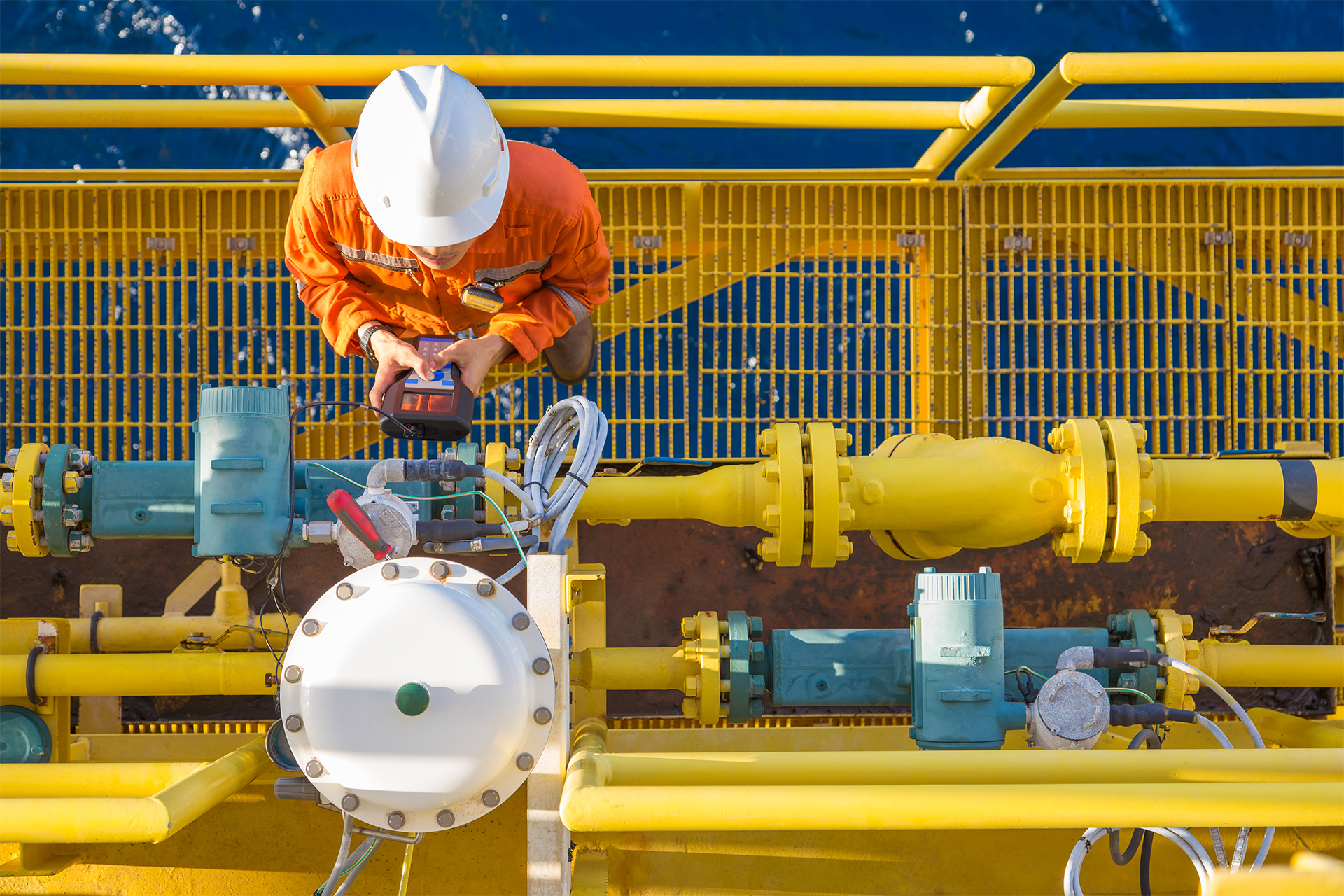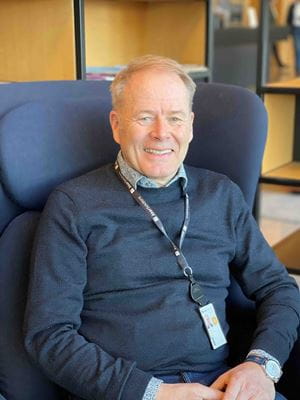Jan Ødegården to celebrate 40 years of designing pipe support
Jan Ødegården will soon be celebrating 40 years as a consultant in the oil and gas industry. A lot has changed since his first job in 1984, but at the same time, much has stayed the same, he explains.
5 minutes
29th of June, 2023


Whether on platforms at sea or onshore, piping requires supporting structures to carry the weight of the content they carry and the pipes themselves. Designing these supports has been Jan Ødegården’s area of expertise for nearly four decades.
He began his consultancy career in the mid-90s, becoming part of Ingeniør Compagniet. He stayed with the company as it became part of Adecco in 2006, then Modis, and now Akkodis, as it has been known since February 2023.
Holding pipes in place
So what exactly does pipe support mean?
“We design the steel structures carrying the pipes inside the platforms”, Jan explains. “We model and construct the equipment that holds the pipes in place. That means considering temperature and pressure for the movement in the pipe, to be able to give the supports the correct functions and to prevent damage to the equipment.”
Not much has changed regarding the basics of his business, according to Jan, at least when you look at the physical side of things. If you compare the piping on a 40-year-old oil rig with the piping on a brand-new one, you’ll have a hard time telling the difference between them. Jan believes that it’s all in the details, with one of the main innovations being the utilization of a new type of stainless steel that doesn’t rneed painting.
However, in that same period, Jan explains how the process of engineering and designing pipe support has changed dramatically:
“Software has changed everything. Currently, I’m part of a team designing three new platforms for the Yggdrasil field. We’re working together in one common software environment containing all the information we require. For me, it’s just pressing a button, and all the data I need for my work comes up. When I’ve finished a design, I’ll upload it to the digital model of the new platform, and all my co-workers can gain access to it immediately.”
Speed and efficiency
According to Jan, the end-to-end digitalization of platform engineering has not only made his job easier. It has also increased speed and efficiency.
“When I began working as a pipe support engineer, the tools we had were pen and paper and a drawing board. Then came computers. In the beginning, they were slow, large, and heavy. Now I have my laptop and I can connect to the digital platform model from anywhere I want. So, on the one hand, what I do hasn’t changed that much over the years. But on the other hand, how I do my job has changed profoundly.”
Faster work, smaller teams
Digitalization and an overall increase in efficiency have reduced the manpower and time needed for pipe support design significantly, as well as for all other parts of engineering oil and gas platforms and associated infrastructure. For example, one of the major projects from early in his career, Oseberg A, required a team of 21 designers to create the pipe supports by hand on drawing boards, as well as an equally large team of piping designers.
“The projects I’m working on are done so much faster now, and with much less people. It’s not only due to improved software tools. Everything has been rationalized and streamlined. Now, you can engineer a platform in a year or so. In fact, that makes it more fun as well. Instead of having to do many of the trivial tasks yourself, you now have software doing them for you.”
Three brand-new platforms
Currently, Jan is working on a large project, which he considers to be unique: Designing three platforms, Hugin A & B, and Munin, for the Yggdrasil oil field. New platforms for a completely new field, engineered from scratch. Jan believes we won’t see many of these large-scale projects in the future.
His job is designing pipe support for the largest of the three platforms. Business as usual, except for the fact that in the name of optimization, there is less space than usual for Jan to fit in the structures supporting the pipes.
Consultant all the way
Throughout his working life, Jan Ødegården has remained faithful to working as a consultant. The reason is that consultancy work has allowed him to refine his skills on many different projects for a variety of customers. His resume is proof, as it contains 8 pages of diverse projects.
“Is that a bad thing? I sometimes ask myself. But I always end up with the same answer: In a project-driven industry, all projects are different and I’m the kind of person who likes to be open to new possibilities and challenges. So, for me, it’s been great!”
Traveling the world
Jan’s resume tells some exciting stories. Traveling to Indonesia to work as a pipe supporter, bringing his family with him, living in a luxury hotel, and having a car and driver at his disposal 24/7. Or the time he went to Singapore to work for the Danish company Maersk as a pipe support engineer, only to end up as a foreman for a team of 20 workers.
“Life as a consultant has been great, even though the industry has had its ups and downs since I joined in 1984. That hasn’t been a problem, however. You just need a positive attitude and to take advantage of the possibilities that show up.”
Jan also says you must have a strong work ethic, be adaptable, and be willing to learn in this sector. Networking and building relationships with colleagues and clients are important as well, and Jan is good at it:
“I’ve worked nearly everywhere in the industry here in Norway and a lot abroad as well. I’ve come to know a great many people, and they know me. We’re a tight-knit industry, and having spent almost four decades in it, I’ve enjoyed building a strong network. That would be my advice to young people interested in this industry: be open-minded, work hard, and invest in building strong relationships with colleagues and clients. It will serve you well.”